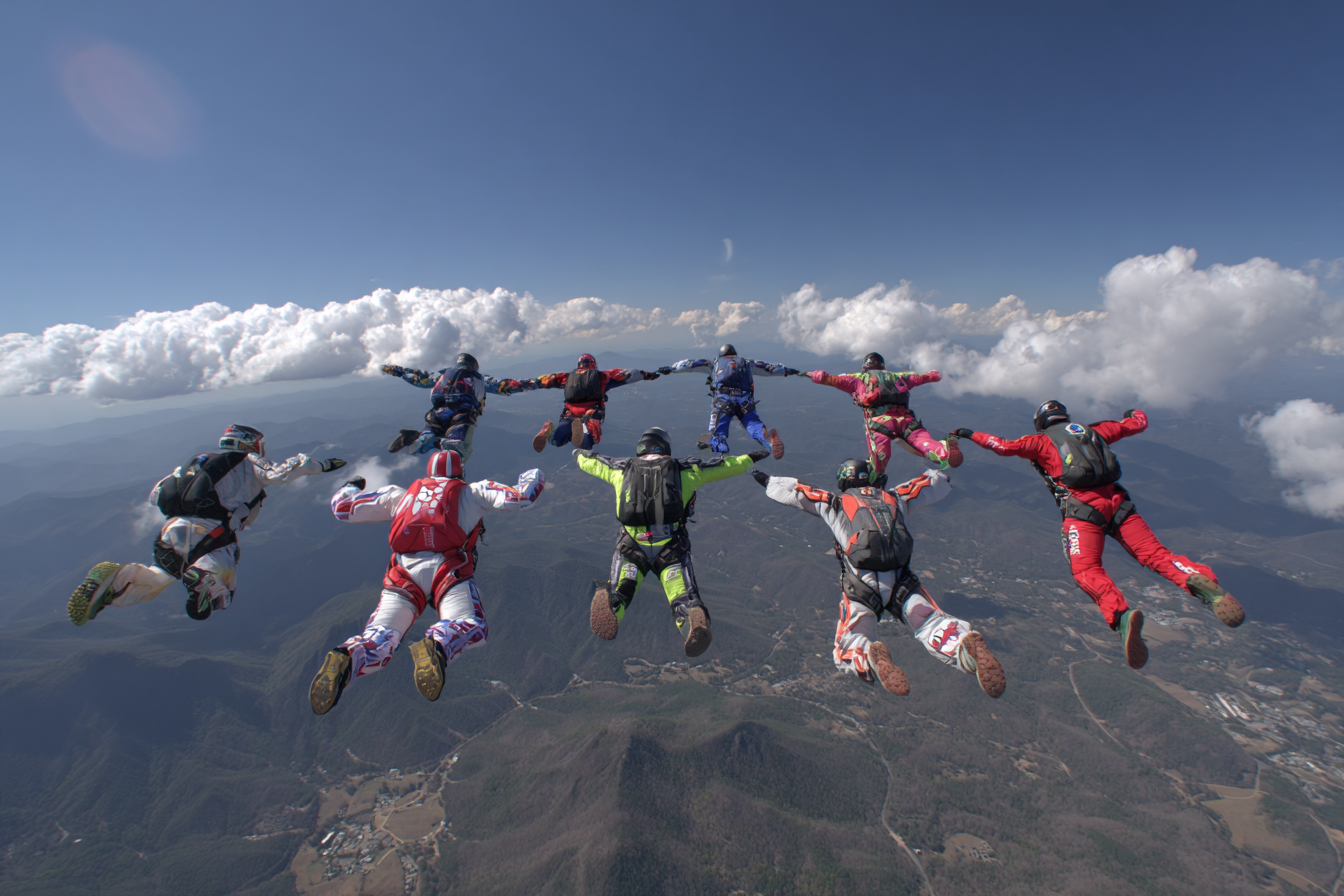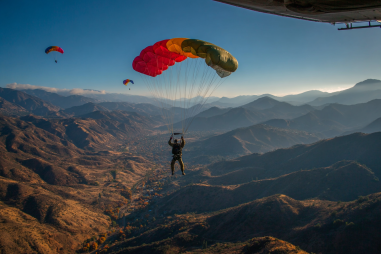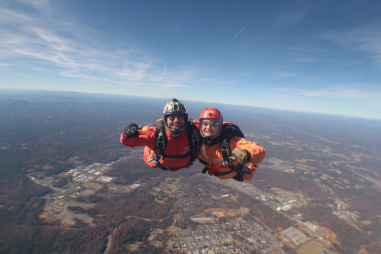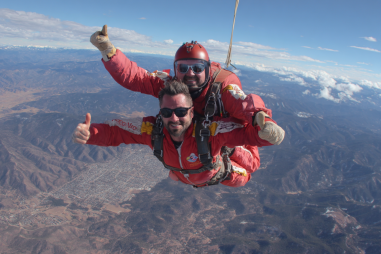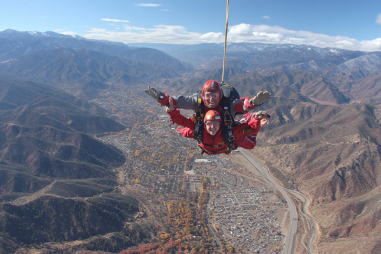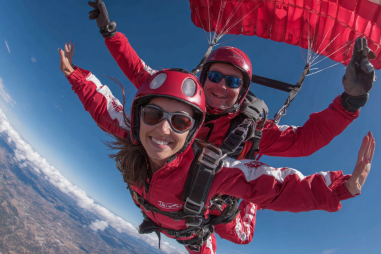Skydiving is an exhilarating sport that combines adrenaline, precision, and skill. Whether you’re a beginner just stepping out of the plane or an experienced jumper aiming to refine your craft, certifications help track your progress and ensure you meet the safety and skill standards necessary for the sport. Understanding the different skydiving certification levels is crucial not only for personal growth but also for advancing your opportunities within the skydiving community. This guide will break down the certification tiers, describe what each entails, and show you how to move from novice to expert in your skydiving journey.
Overview of Skydiving Certification Structure
The United States Parachute Association (USPA) developed a widely recognized certification structure that serves as a standard framework for skydiving skills and knowledge. This structure is designed to ensure skydivers develop safely and systematically, starting from basic freefall techniques to advanced maneuvers and canopy control. The certification system typically consists of a series of licenses—most commonly A, B, C, and D licenses—that represent increasing levels of experience, responsibility, and expertise.
Each certification level requires not just a minimum number of jumps but also demonstrates proficiency in certain maneuvers, safety protocols, and equipment knowledge. Besides the standard licenses, specialty ratings like tandem instructor or coach exist, but the focus here is primarily on the general certification tiers that every skydiver progresses through.
Description of Each Level and Requirements
Let’s take a closer look at each certification level and what you need to achieve to move up:
A License: The First Leap
The A license is the foundational certification that proves a skydiver has gained essential skills and can safely jump without an instructor accompanying them. To qualify for the A license, a jumper must have completed a minimum of 25 jumps. They need to pass both written and practical tests, covering topics like emergency procedures, equipment packing, freefall stability, and canopy handling.
This license signifies that the skydiver is competent to jump independently and is familiar with skydiving jargon, drop zone operations, and basic emergency responses.
B License: Intermediate Skill Development
The B license builds upon the A license by requiring a higher jump count—usually at least 50 jumps—and a demonstration of greater freefall and canopy skills. Skydivers pursuing the B license must show proficiency in more complex body positions, controlled turns, and landing accuracy. In addition, jumpers are tested on altitude awareness and use of automatic activation devices (AADs).
Advancing to a B license means the skydiver is stepping confidently towards intermediate maneuvers and a deeper understanding of high-altitude jumps and diverse drop zone environments.
C License: Advanced Techniques and Leadership
Achieving the C license is a mark of serious commitment and skill, typically requiring over 200 jumps. Candidates need to demonstrate high proficiency in freefall tracking, precision landings, night jumps, and group formations. The C license also tests a jumper’s ability to assist others and provide guidance—skills critical for those considering coaching or instructional roles.
As a C license holder, you’re seen as an experienced skydiver capable of handling complex jumping scenarios and mentoring less experienced jumpers.
D License: Elite Expertise
The D license is reserved for expert skydivers with extensive experience—commonly requiring at least 500 jumps and a consistent record of safe and skilled performance. Possessing a D license indicates mastery of the sport, including proficiency in various skydiving disciplines such as freestyle, wingsuit flying, and accelerated freefall techniques.
D license holders often participate in competitions and may act as referees, jump leaders, or senior instructors. This certification underscores your status as a trusted figure within the skydiving community.
Skills and Knowledge Expected at Each Stage
With each certification level, the complexity and breadth of skills increase. Here’s a snapshot of key abilities and knowledge areas expected as you progress:
- A License: Stable falling positions, safe canopy deployment, altitude awareness, emergency procedures.
- B License: Advanced body flight controls, directional control under canopy, use of automatic activation devices, decision-making during challenging jumps.
- C License: Night and water landings, group formations, accuracy in landings, understanding meteorological factors affecting jumps.
- D License: Mastery of diverse jumping styles, leadership and coaching capabilities, competition-level skills, equipment troubleshooting and advanced maintenance.
Benefits of Advancing Through Certification Levels
Moving up the certification ladder is much more than a badge of honor. Each advancement brings tangible benefits:
- Greater jump privileges: Higher licenses unlock access to advanced jump types, altitudes, and drop zones worldwide.
- Increased safety: As your skills improve, you reduce the risk of accidents through better judgment and refined technique.
- Community respect: Certifications grant credibility among peers, opening opportunities for team jumps, competitions, and instructional roles.
- Insurance advantages: Many insurance providers consider certification levels in setting premiums and coverage terms.
- Career opportunities: For those who want to turn skydiving into a profession, higher licenses are essential prerequisites.
How to Prepare for Certification Tests
Preparation is key to moving smoothly from one certification to the next. Here are some tips to help you prepare:
- Learn the theory: Study the USPA manuals and materials thoroughly. Understanding the theory behind each maneuver and safety protocol is critical.
- Practice regularly: The more jumps you do, the better your muscle memory and confidence will be. Use each jump as an opportunity to refine your technique.
- Work with mentors: Experienced skydivers and instructors can provide invaluable feedback and guidance tailored to your goals.
- Mock evaluations: Before the formal test, simulate test scenarios with friends or trainers to build familiarity and reduce anxiety.
- Health and fitness: Maintain good physical health to meet the demands of the sport and avoid any last-minute complications.
Maintaining and Upgrading Your Credentials
Once you’ve earned a certification, staying current is essential. Many licenses require continued activity to remain valid. For example, you may need to complete a certain number of jumps or annual safety reviews to retain your privileges.
Upgrading certifications follows a similar path to initial advancement—regular jumping, skill refinement, and passing standardized tests. Participating in formal courses, attending seminars, or joining advanced training camps can accelerate your progression and keep your knowledge sharp.
Influence of Certification on Insurance and Competition
In the world of skydiving, your certification level can significantly affect your insurance options and participation in competitions. Insurance companies often require proof of certification to assess risk and determine premiums. Higher certifications may lead to better rates or coverage because they signify the insured has demonstrated responsible and competent behavior.
For competitions, certification is typically mandatory. Different events may require a minimum license level to compete, ensuring all participants have the necessary skills for safety and fairness. Moreover, competitors with advanced licenses often have access to specialized training and coaching that gives them an edge.
Mapping Your Skydiving Progression
Progressing through skydiving certification levels is a journey of continuous learning and thrill. Each stage brings you new skills, deeper knowledge, and greater respect within the skydiving community. By understanding what each certification demands and carefully preparing for the challenges ahead, you can safely elevate your abilities from a cautious novice to an expert skydiver.
Remember to enjoy each leap and celebrate every milestone on your career path. The certifications are more than just labels—they represent your commitment to safety, excellence, and the exhilarating spirit of skydiving.

